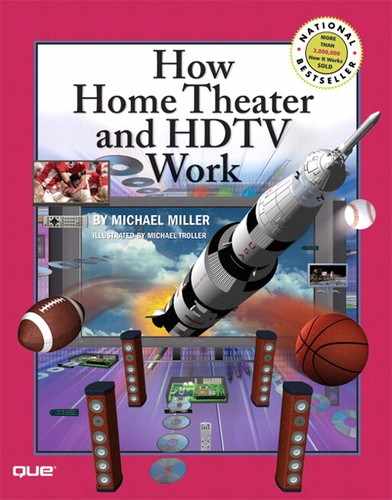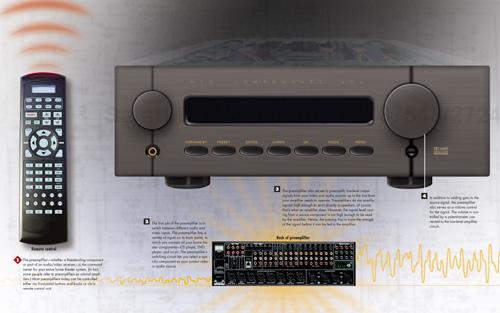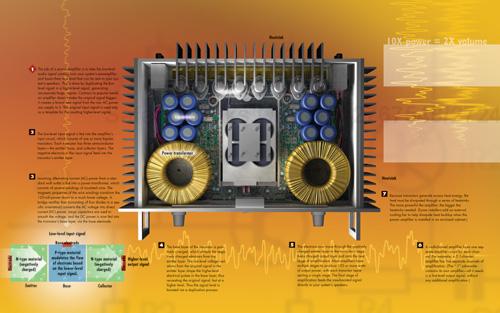
The processing of the audio signals in a home theater system is just as important as the processing of the video signals. This audio processing is typically done by a single component, called an audio/video receiver. An A/V receiver combines the functions of three separate components—a preamplifier, power amplifier, and surround sound processor.
A/V receivers are available at a variety of price points, from under $200 to more than $6,000. While all A/V receivers perform similar functions, the price differential comes from varying control capabilities and sound quality. Consider the following variables:
Power. —In general, you’re better off getting as much power as you can afford, within limits. Don’t sweat differences of 10–20 watts per channel between models because the difference won’t likely be noticeable. However, do look beyond simple power ratings to compare total harmonic distortion levels—which typically have more effect on the actual sound than do power ratings. A heavier unit often indicates a more powerful unit.
Inputs and outputs. —This is key. Make sure there are enough—and the right kinds of—input and output jacks to connect all your components. Also look for at least one front–panel audio/video connection for camcorder and videogame use.
Control. —You operate an A/V receiver with its remote control unit, and there are big differences in remote controls. Look for a unit that feels right to you and is easy for others to figure out and use. Also look for a universal or learning remote that can be programmed to control all the components in your home theater system.
Surround processing. —Almost all A/V receivers today decode both Dolby Digital and Dolby Pro Logic sources. If you want a system with both surround and back speakers, make sure that the receiver includes a Dolby Digital EX 6.1/7.1 decoder. Also look for a built–in DTS decoder for DVDs using this alternative (and some say superior) surround format.
Sound quality. —Before you buy, listen. Does this model sound noticeably different or better than comparable models? Is the sound loud enough, clean enough, and smooth enough? Make sure you bring your own source material when comparing units—and compare different types of sources, both movies and music.




